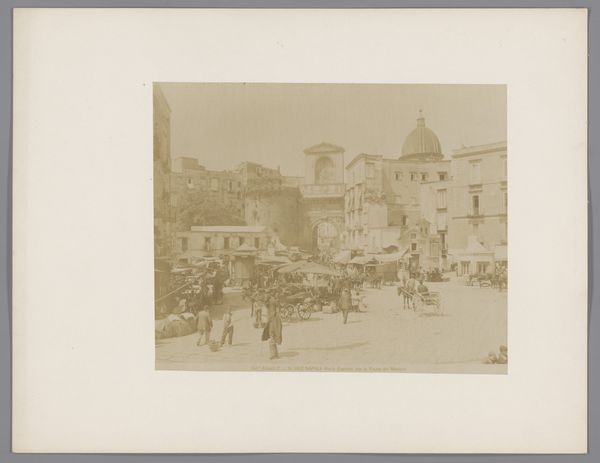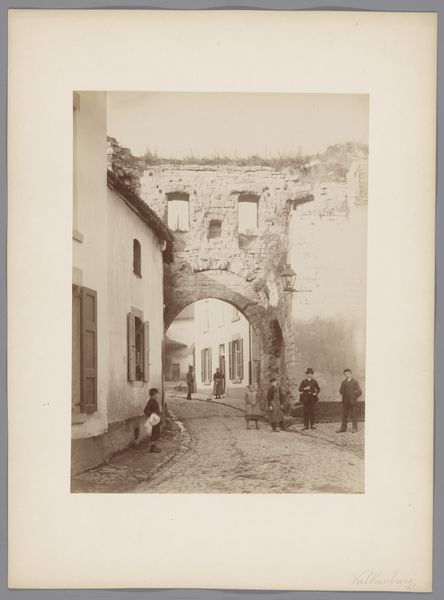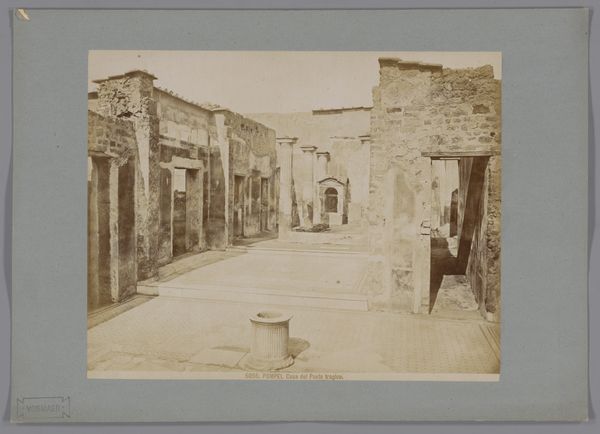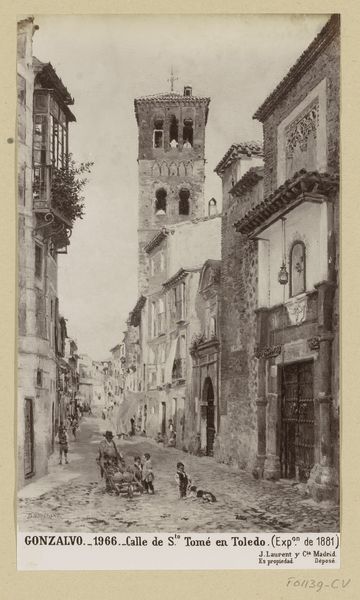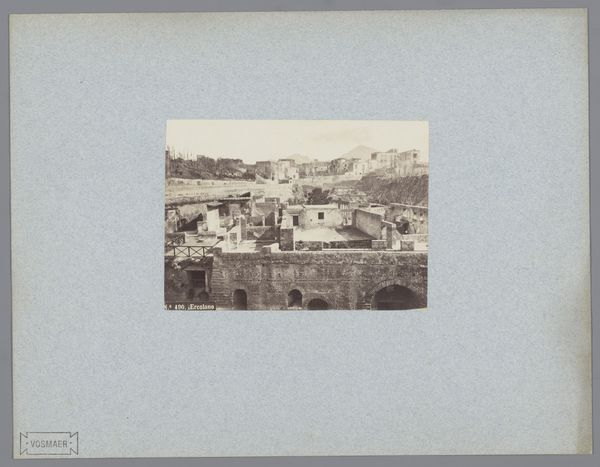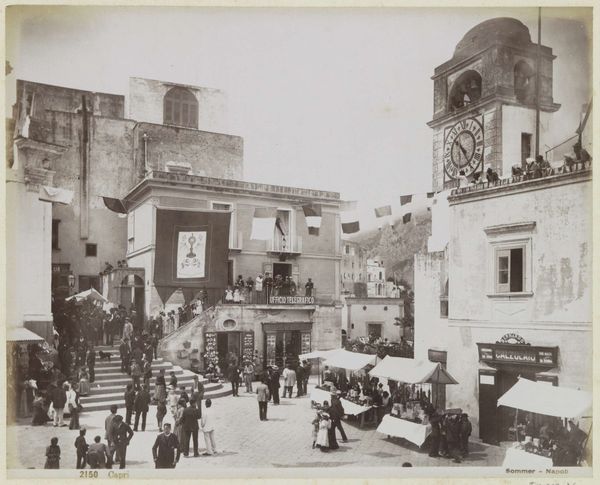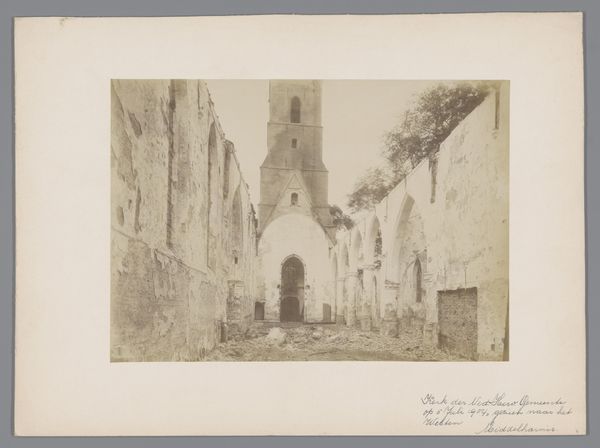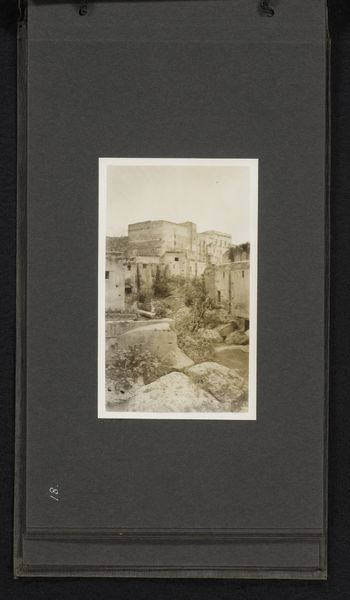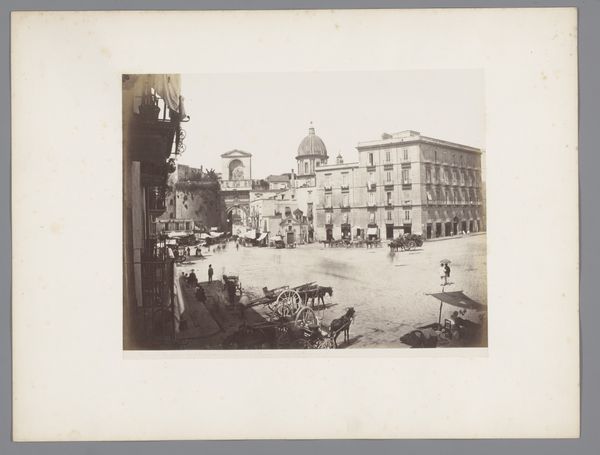
print, photography, gelatin-silver-print, albumen-print
# print
#
landscape
#
street-photography
#
photography
#
gelatin-silver-print
#
cityscape
#
albumen-print
Dimensions: height 316 mm, width 445 mm
Copyright: Rijks Museum: Open Domain
Editor: We're looking at "Mensen op een plein in Capri, Italië," or "People in a Square in Capri, Italy," a gelatin-silver print by Giorgio Sommer, dating sometime between 1857 and 1914. The photo captures a bustling town square. There’s something timeless and yet a little gritty about it. What’s your take on it? Curator: This image transports us to a specific moment in the history of Capri, but it also opens up larger questions about representation and the gaze. Consider the role of the photographer, a European man, capturing the daily life of Italians. What power dynamics are at play here? Editor: I see what you mean. It's easy to just see a pretty picture, but it was created through a specific lens. Curator: Exactly. The cobblestone streets and classical architecture tell one story. The laborers, captured in a moment in their daily routines, tell another. Whose narrative do we prioritize when we view this photograph? How might their lived experiences contrast with the romantic ideals of Capri often perpetuated? Editor: That’s a fascinating perspective. I was just noticing the clock tower, but now I’m thinking about labor and class. Curator: Photography at this time, particularly images of the "exotic," often served to reinforce colonial hierarchies. Were these people paid for their image? Did they have any agency in how they were represented? What does this photograph reveal, and perhaps more importantly, conceal about their reality? Editor: That makes you wonder about the ethics of photography back then. I mean, still today, really. Thanks, this really makes me think. Curator: Indeed. Analyzing images like this helps us unpack complex social structures and historical power imbalances that continue to resonate today. Hopefully we all look at photographs a little differently now!
Comments
No comments
Be the first to comment and join the conversation on the ultimate creative platform.
